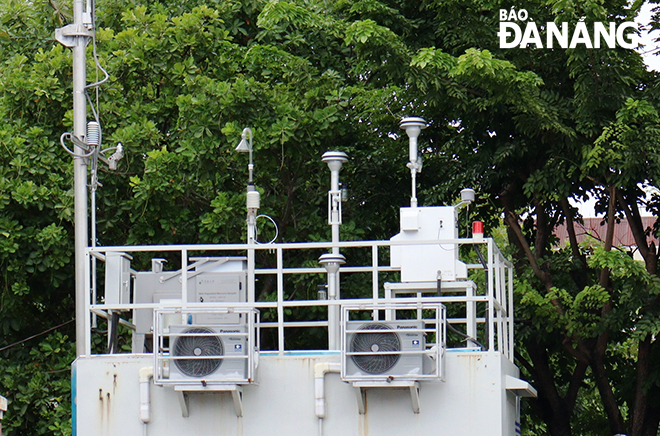 |
| Automatic and continuous air quality monitoring station at the University of Education - Danang University. Photo: HOANG HIEP |
In the environmental quality monitoring program of Da Nang city for the period 2021-2025 (approved by the City People's Committee in Decision No. 3462/QD-UBND dated November 1, 2021), there are 52 points for periodic air quality monitoring using the passive method, with a monitoring frequency of once a month. Accordingly, there are 32 monitoring points in urban areas, 10 points in industrial parks, 2 points in craft villages and 8 points in rural areas.
The City People's Committee approved the investment in automatic environmental monitoring stations in the city, including 6 stations for monitoring ambient air quality; the Department of Agriculture and Environment received and operated 4 stations, including 2 stations for monitoring ambient air quality at the intersection of Pham Hung Street - National Highway 1A and the Cultural and Sports Center of Ngu Hanh Son District. In addition, in the city, there are 3 automatic air monitoring stations invested, managed and operated by the Ministry of Agriculture and Environment at Da Nang University (Le Duan Street), Da Nang University of Education - Da Nang University (Ton Duc Thang Street) and the Central Central Hydrometeorological Station (Trung Nu Vuong Street).
According to the Department of Agriculture and Environment, through monitoring, the air quality in rural areas (Hoa Vang district) is at a good level, all monitoring parameters are within the allowable range of national technical regulations on air quality. In urban areas, 2 automatic ambient air monitoring stations show that the number of days with the air quality index (AQI) reaching good values is 90-96%; PM2.5 dust parameters fluctuate from 0.02-29.56µg/m³, lower than the limit of national technical regulations on air quality (50µg/m³); PM10 dust parameters fluctuate from 21.51-91.7µg/m³, lower than the standard (100µg/m³).
However, according to periodic environmental monitoring, there are still some locations with values exceeding the allowable limit at certain times, especially at intersections such as: Cach Mang Thang Tam - Ong Ich Duong, Pham Hung - National Highway 1A, Hoang Van Thai - Ton Duc Thang, Hue intersection, Phuoc Tuong intersection, in front of Da Nang Central Bus Station... These are all locations, main traffic junctions and connecting areas in the city, with relatively large traffic volume. Through the management, monitoring and observation of air quality, the city identifies and evaluates the sources of emissions, of which emissions from transportation activities account for about 70% of air pollution due to emissions from the combustion of engine fuel and dust from soil and sand blown up from the street surface.
Deputy Director of the Department of Agriculture and Environment Dang Quang Vinh said that at the end of April 2025, the City People's Committee issued a plan to manage air quality in the area for the period 2025-2030. According to the plan, the city will strengthen control of emissions from sources in the area, focusing on controlling emissions from road motor vehicles and implementing the Prime Minister's regulations on the roadmap for applying Euro 4 standards; controlling emissions at projects, production, business and service establishments that are at risk of causing pollution.
The city sets a goal of ensuring that 100% of projects and facilities subject to automatic and continuous emission monitoring as prescribed must invest in and install emission monitoring systems and connect and transmit data to the Department of Agriculture and Environment for monitoring and supervision; 100% of projects and facilities discharging emissions must have emission treatment systems that meet environmental technical standards; and not allow establishments causing serious air pollution to arise. At the same time, implement the project to relocate production facilities in craft villages to industrial clusters with environmental protection infrastructure that meets the requirements and develop a plan to convert production industries and occupations of facilities and households in industries that are not encouraged to develop locally.
The city effectively controls emissions from civil, construction, and agricultural activities; minimizes and eventually eliminates spontaneous burning of agricultural waste after harvest; 100% of large-scale livestock farms have waste treatment facilities that meet regulations; 100% of construction projects strictly implement environmental protection measures during construction and transportation of raw materials...
To ensure public health, the city sets a goal of maintaining the air quality index in Da Nang city from average to good throughout the year (AQI below 100µg/m³). At the same time, strengthen the monitoring, warning and forecasting of air quality in urban areas and areas with many concentrated emission sources; increase investment in automatic and continuous ambient air monitoring stations suitable to the actual situation in order to update and provide information on air quality developments to the community.
HOANG HIEP
Source: https://baodanang.vn/kinhte/202505/tiep-tuc-cai-thien-chat-luong-moi-truong-khong-khi-4006336/






![[Photo] Prime Minister Pham Minh Chinh meets the Vietnamese community in Malaysia](https://vphoto.vietnam.vn/thumb/1200x675/vietnam/resource/IMAGE/2025/5/25/1f11d1256d7745a2a22cc65781f53fdc)
![[Photo] Panorama of the memorial service for former President Tran Duc Luong](https://vphoto.vietnam.vn/thumb/1200x675/vietnam/resource/IMAGE/2025/5/25/d33968481f21434fa9ed0df48b9ecfa9)








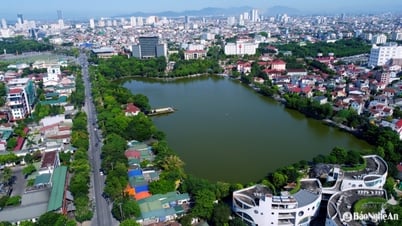

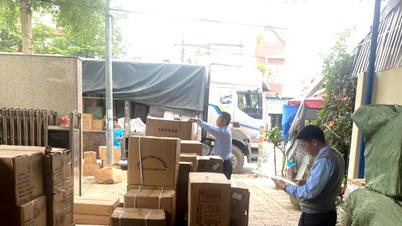





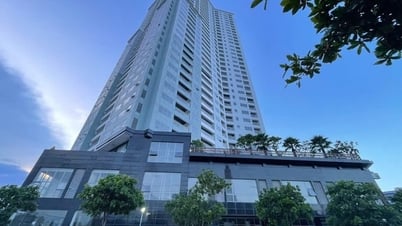


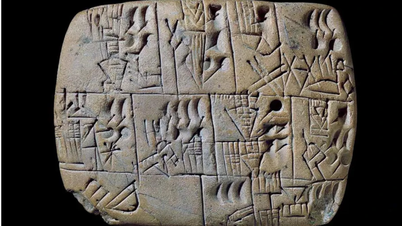




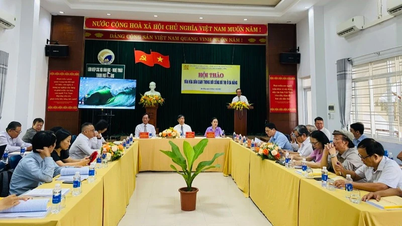





























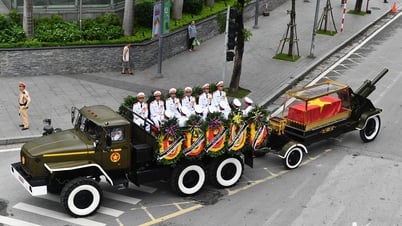




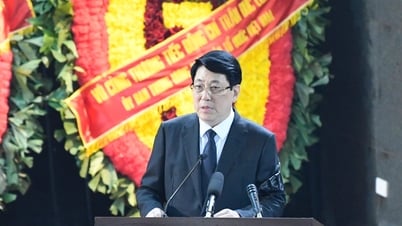













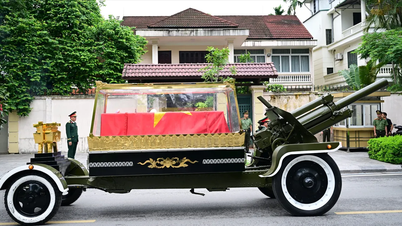

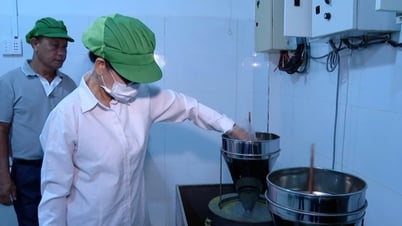









Comment (0)